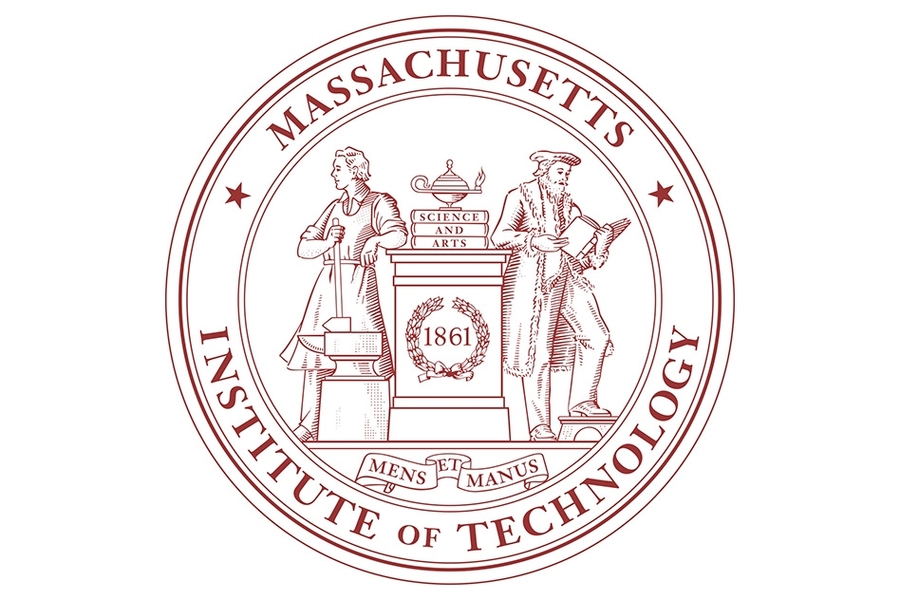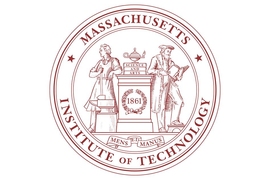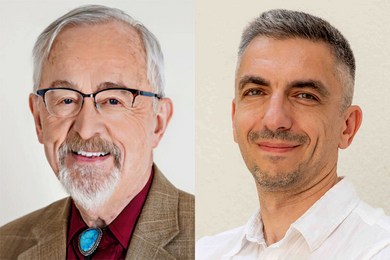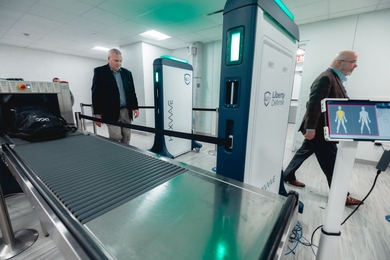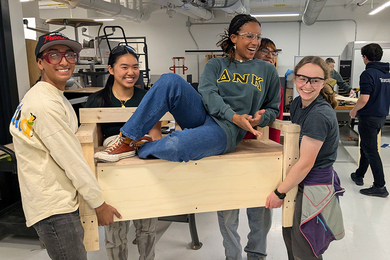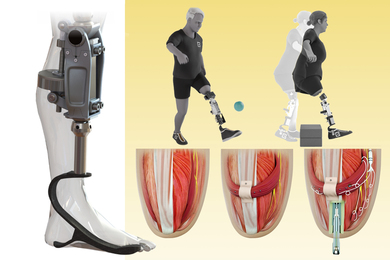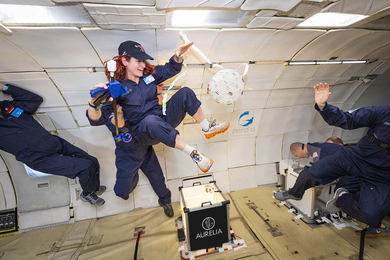The following letter was sent to the MIT community today by President L. Rafael Reif.
To the members of the MIT community:
Every crisis is different – and this moment is unlike any we have seen before. In a matter of weeks, it has shuttered our cities, shut down vast swaths of our economy, shut us apart from each other. It has imposed terrible personal suffering and debilitating global uncertainty. And it has called on our deepest reserves of patience, selflessness, ingenuity and kindness.
But this is not the first time the Institute has faced a world turned upside down. One example still vivid for many current faculty and staff: the global economic crisis that began in 2008. As provost at the time, I was in charge of MIT’s budget – an experience I will never forget. Yet having navigated that hard time offers some useful perspective now, particularly as we grapple with the pandemic’s financial impacts.
The past month centered on protecting public health: Everyone at MIT joined in an enormous effort to keep our community safe and contribute to the larger fight against Covid-19 – while also rapidly reinventing how we teach, learn and work with each other. Together, we accomplished all this while experiencing the difficult emotions of this moment and managing the disorienting challenges of daily life in the shadow of the virus.
Shifting to a new phase
With some initial hurdles behind us, all of us are now striving to plan for the future. I know that many in our community have urgent questions about what to expect this summer and in the coming academic year. Some feel intense concern about maintaining a steady income and health insurance. And everyone would like to know when we can get back to campus, if not back to normal.
At the Institute level, we are also trying to plan, in the same context of extraordinary uncertainty. We approach this work with humility, a consultative spirit and an enormous sense of responsibility.
Although we do not yet have answers to many of your important concerns – and rapidly shifting facts on the ground have taught us that every decision now is subject to change – I would like to give you a sense of MIT’s financial picture and let you know how we are approaching the months to come.
MIT’s financial footing
Because the Institute worked aggressively after 2008 to build its financial reserves, we enter this crisis on a better footing. This preparation will help us address the unexpected costs of this spring’s emergency efforts, such as providing the technology to enable the sudden shift to remote teaching and working, supplying financial assistance to help students leave campus quickly, refunding student housing and dining fees while making sure contract dining workers and others are paid through late May, and helping to support Cambridge’s small businesses, nonprofits and residents — including those who are homeless. The running tally for these and other new commitments already approaches $50 million.
Yet as compared to 2008, in terms of potential financial impact, the present crisis may be more severe. This time, the economic turmoil springs from a tragic public health emergency that has also caused dramatic changes in MIT’s operations – with significant unknowns remaining on all counts. We must therefore prepare for the pandemic to drive reductions in many major sources of income for the Institute: research grants, foundation funding, philanthropic support and the endowment.
We have already begun to address the immense financial risks associated with Covid-19. On March 20th, we imposed tight controls on hiring and asked units across MIT to forgo non-essential spending and reassess any significant new financial commitments. Now, anticipating further losses of revenue and new expenses, we are announcing additional steps.
New steps on the budget
We cannot know now just how serious the global financial situation will be in Fiscal Year 2021 (FY21). But we should expect hard choices. So we are preparing in advance by taking the following immediate measures to control costs, in a way we hope is sensible, prudent and fair. These are the broad strokes:
- To conserve resources to support existing employees, we are pausing hiring except for essential personnel. Provost Marty Schmidt will work with Vice President for Research Maria Zuber regarding hiring for sponsored research and with the deans on faculty hiring for existing searches and plans for FY21.
- Along with Vice President for Finance Glen Shor and Acting Deputy EVP Tony Sharon, the provost will shortly provide detailed guidance to help all units rework their FY21 budgets to reduce expenses and reflect anticipated additional savings from the hiring pause.
- We will suspend merit increases for the coming academic year, beginning with those that would normally be awarded in July.
- We are reducing budgetary funding for physical space improvements on campus.
- As the Institute’s two most senior officers, the provost and I have decided to take a 20% cut in compensation for the next twelve months. These savings will go to support the MIT Staff Emergency Hardship Fund, which helps MIT employees experiencing sudden and severe financial distress. Members of the senior leadership team are also choosing to contribute a portion of their salaries in this period to support students and others in need in the MIT community, as well as the MIT research teams pursuing solutions to the larger crisis.
I encourage any member of the community with the flexibility to do so to contribute to these efforts too.
In this global crisis, circumstances and forecasts change radically week to week. The new steps outlined in this letter are necessary. However, over the next few months, as the full financial picture becomes clear, we may well need to take additional actions that affect the budget and our community.
* * *
Beyond the budget, this moment is crowded with big questions. For a few of the biggest ones, let me offer what we know so far.
When will we all be back on campus? We do not yet have an answer. For MIT as for every large institution, society’s collective ability to manage the virus will dictate the timetable, and we will follow the best advice of public health experts and government guidelines. Given public health guidance on keeping the campus less densely populated, it seems likely the return will be gradual and done in phases. To open campus fully, we may need to adopt new practices and conditions in labs, offices, classrooms and living communities. At the same time, we are keenly aware that some members of our community from outside the United States may face a range of obstacles to returning.
Will the fall semester be online? We do not have this answer yet either, and the approach may be different for different aspects of undergraduate education and for graduate programs. To help everyone plan, we will make these decisions as soon as possible, ideally by early summer if not before, and we will be updating you as we go. By not deciding now, we buy time to collect better information about the trajectory of the pandemic and the development of new testing, contact tracing, treatments and vaccines – the advances that will make it possible for us all to come together safely on campus again.
Will there be layoffs? Given the terrible state of the current job market, we feel a responsibility to avoid or delay as much as possible cutting costs by cutting jobs. That said, the year ahead may push many units at MIT to reduce or transform their operations, including asking that some staff respond with an openness to changes in their work and roles.
* * *
To manage the complex planning for the summer and the start of the academic year, I have asked Vice Chancellor Ian Waitz and Acting Deputy EVP Tony Sharon to assemble a team to examine options and make recommendations to guide our decisions. I have tremendous confidence in their ability to help us answer the big questions immediately before us.
I would like to be clear that, in this work, we will put people and mission first.
We will do everything in our power to keep our community members safe and well, to protect the momentum of our pioneering research enterprise, and to preserve the quality, rigor and integrity of an MIT education. We will keep our commitment to admitting undergraduates regardless of their financial situation and to covering their full demonstrated need – and we are preparing for the likelihood that students may need more help. We will support everyone through the challenges of having to teach, study and work remotely, and make sure we create appropriate celebrations for our new graduates and reunion classes. And we will continue to help MIT’s inspiring innovators find new ways to help in the global fight against Covid-19.
The greatest lesson of 2008 was that the best way to respond to a crisis is together. I promise we will continue to let you know what we are thinking and doing, and why. As we rise to this challenge together, I know you will bring your best insights and ideas to the table too.
With sincere appreciation, and the earnest hope that you may stay safe and healthy,
L. Rafael Reif
